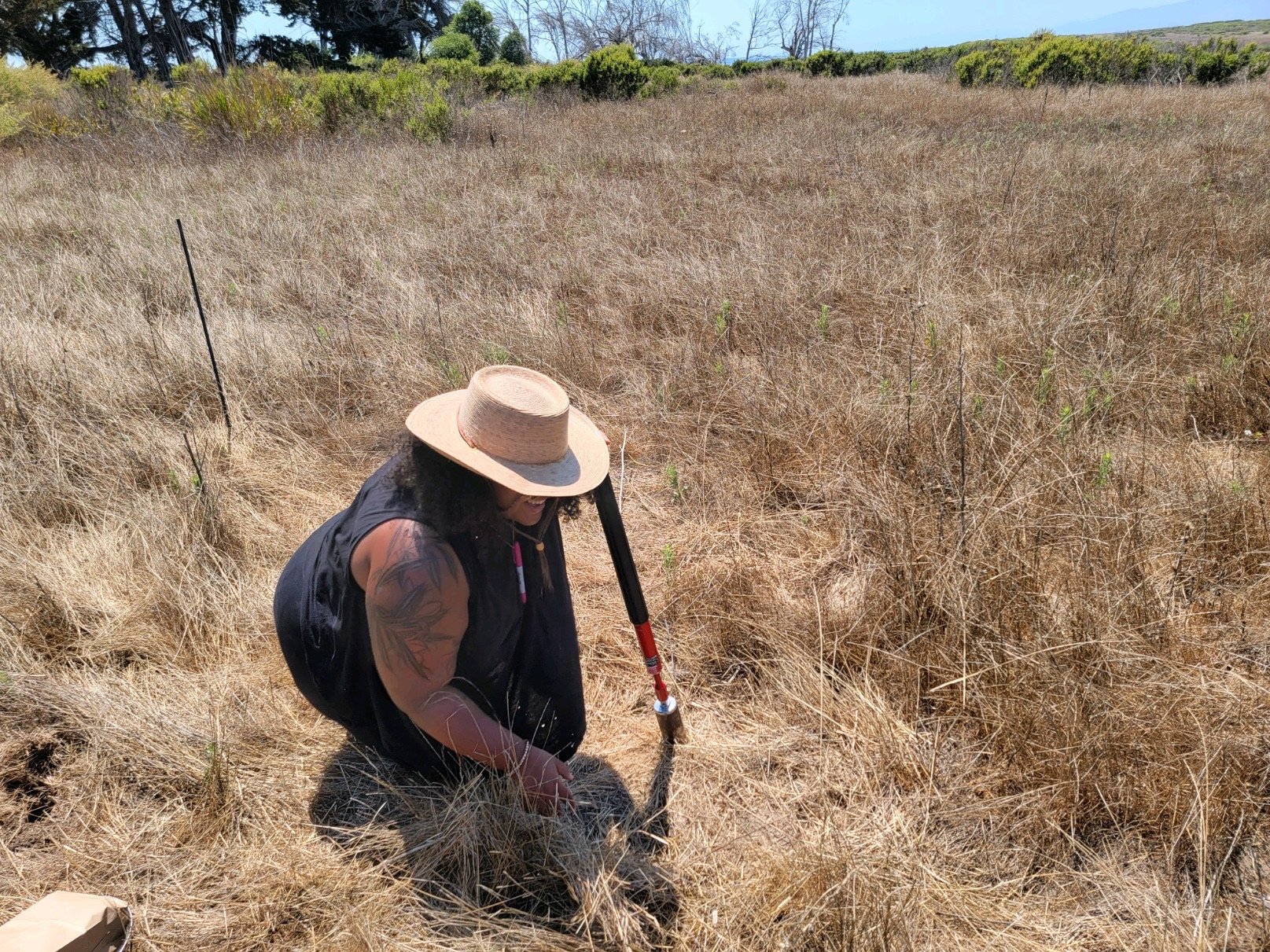The rise of plastic fashion & the journey of microplastics that come with it
In episode 270, Kestrel welcomes Timnit Kefela, a doctoral candidate in environmental science and management at the University of California, Santa Barbara, to the show. Timnit’s research is focused on the sources, pathways and fates of microplastics in urban environments.
“Much of the solutions that are being brought out are very consumer-forward, which I think is unfair, because a lot of them are not accessible. So you end up putting the brunt of environmental destruction on the people who have the least access to the solutions. So I think it’s incredibly important to pay attention to how we can have things change from an infrastructural level to be able to tackle this problem, and not necessarily just blame it on people who cannot afford leading, you know, zero-waste or low-waste lifestyles.”
-Timnit
We’re talking about plastic. Yup, plastic. I know, it’s everywhere. Literally everywhere. It feels like we can’t escape it these days. And as you probably know, our clothing is no different. Plastic is a primary fiber for today’s fashion.
In Changing Markets’ Fossil Fashion report, they state that: “It is now estimated that synthetic fibers will grow from 69% to 73% of total fiber production globally by 2030, with polyester accounting for 85% of this.”
That’s a lot of clothes dripping in … oil? Cringe.
Where did it all start? How did plastic become the fabric of our lives?
From what I could discover, it sounds like the first fully synthetic plastic was created in the early 1900s – what we would call *Bakelite*. From there, a lot has transformed with plastics and our incessant use of it, especially since the 1950s – the dawn of synthetic fiber mass production.
I don’t know about you, but with all this plastic fashion, all I can think about is the excessive microfiber emissions that come with it. We hear about microplastics all the time nowadays – but do we really understand how they function? Where do they start, how do they travel, and how are they truly impacting communities?
Timnit, this week’s guest, is a doctoral candidate who has done extensive research examining the impact of apparel and other sources, on global microplastics pollution. Timnit shares insights from her research, and ways she believes we can be working to mitigate microplastics emissions.
Quotes & links from the conversation:
“Synthetic microfiber emissions to land rival those to waterbodies and are growing”, paper co-authored by Timnit
“Microplastics are in our bodies.” article in National Geographic that discusses the recent research about how microplastics have been found in human blood and lungs
“Fossil Fashion”, report by Changing Market that Kestrel mentions
“California Adopts Nation’s First Microplastics Strategy to Reduce Microplastic Pollution”, article about CA microplastic reduction strategy that Timnit mentions








